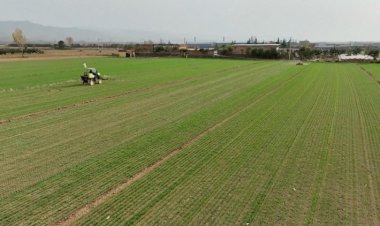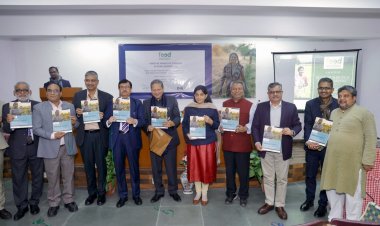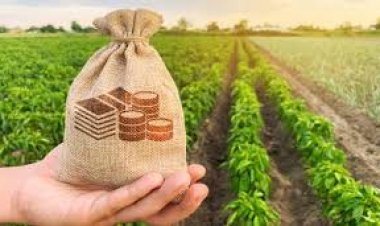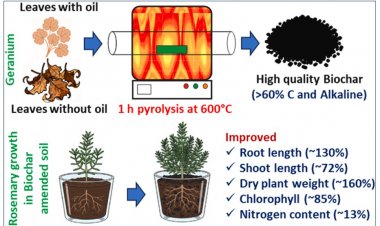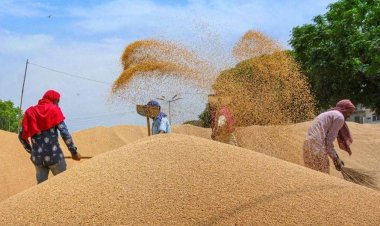Food inflation a thorn in the side of monetary policy: CRISIL report
According to CRISIL Insight, food prices may not climb down this fiscal. And India’s headline inflation typically follows movements in food inflation, as food occupies 39 per cent share in the average consumer’s basket. The RBI has already raised the policy repo rate by 90 basis points to temper inflation and anchor expectations. But so long as food inflation continues to rise or remains high, it will be that much more difficult for monetary policy to anchor inflation expectations.
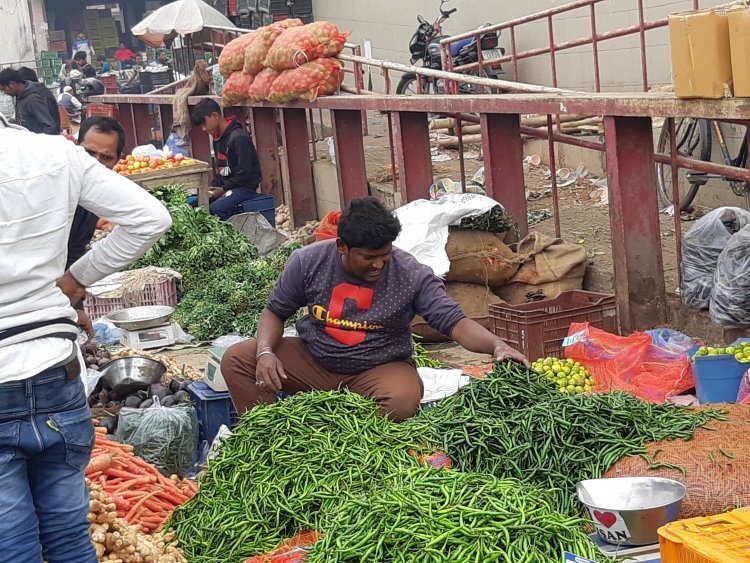
Food prices may not climb down this fiscal. And India’s headline inflation typically follows movements in food inflation, as food occupies 39 per cent share in the average consumer’s basket. This is what the CRISIL Insight report released on August 1 says.
Rise in food inflation
The recent rise in food inflation is mainly led by supply shortages, driven by both global (geopolitical conflicts) and domestic (impact of heatwave) factors, says the Crisil report. It expects overall CPI inflation at 6.8 per cent and food inflation at 7 per cent for the current fiscal.
Food inflation started picking up from sub-1 per cent in September 2021, all the way up to 7.7 per cent in June 2022. In sync, CPI inflation rose from 4.3 per cent to 7.0 per cent. This fiscal so far (April-June 2022), food inflation has averaged 8 per cent, compared with 3.8 per cent in fiscal 2022 and 3.6 per cent in the five years preceding the pandemic (i.e., fiscals 2016-2020).
For India, a food price shock, even of the current magnitude, is not new. For years, uneven patterns of rain and other weather disruptions have hurt food production and prices. In five of the past 10 fiscal years, food inflation hovered between 6-12 per cent. In several of these instances, government intervention through the release of buffer stocks, opening up of imports, or restrictions on exports were deployed to bring food inflation under control.
This time, however, the surge in food prices is accompanied by high fuel and core inflation, keeping inflation consistently above the Reserve Bank of India’s (RBI) target band for the past two quarters. This has put monetary policy in a quandary and made it imperative for the central bank to look closely at factors pushing up food prices.
Causes for the rise
The high cost of inputs in agriculture production (fertilizers, pesticides, animal feed and diesel) is expected to maintain pressure on food inflation through this fiscal. An unusual heatwave between February and April 2022 impacted domestic production of cereals, vegetables and spices, such as wheat, tomatoes, mangoes and cumin. This jacked up inflation in the first quarter of this fiscal.
The Russia-Ukraine conflict has created supply shortages of several agriculture items. As a result, global food prices, as indicated by Food and Agriculture Organisation’s (FAO) Food Price Index has soared 13.8 per cent in 2022 so far, with prices of cereals, oil and dairy products rising the most. Despite the recent softening in international prices of several food items, they remain higher than last year so far and the rupee has weakened offsetting some of the impact of falling international prices for imported food items.
The weighted average WPI of farm inputs shows a consistent rise from 9.4 per cent year-on-year in April 2021 to 28.4 per cent in June 2022. Key commodities driving the rise are fertilizers, pesticides, diesel, cattle feed, and fodder.
However, there are a few factors exerting downward pressure. For example, pulses has seen the sharpest fall in inflation among food categories. The government’s targeted interventions, such as restrictions on wheat exports and import duty cuts on edible oils and pulses, could mildly help dampen the pass-through of global price pressures on major imported items, says the report. And then there is the base effect: High inflation in the first quarter of last fiscal statistically dampened inflation numbers in the same quarter this fiscal for some food commodities (pulses, edible oils, fruits, and eggs).
Impact of rains
The report tries to pin some hope on “a normal and well-distributed monsoon” to help cap the upside to food inflation. However, there is not much good news on that front, too. The report says that while most agriculturally important parts of the country have been covered, late rains resulted in some delay in sowing, especially of paddy, in producing states such as Uttar Pradesh, Odisha and Bihar. Regions where rainfall has been delayed or stayed deficient account for 33 per cent of overall paddy production. If rains do not normalize in these states soon, paddy production could be hit. The conclusion on this: “Fingers crossed on that.”
‘Climateflation’ and future monetary policy
But beyond the current shock, data suggests that extreme weather events are increasingly adding uncertainty to the food price outlook. ‘Climateflation’ — an increase in prices (especially of food) due to climate or weather-related natural disturbances — is a phenomenon that monetary policies cannot ignore for too long.
An ECB study finds an interesting link between climate change and inflation in the short and medium term, the latter influencing monetary policy actions. Covering 48 advanced and emerging market economies (EMEs), the study looks at data between 1990 and 2018, to find that among all the weather disturbances, the largest and most durable negative impact on inflation is from hot summers. In the short term, the impact is most notable on food prices via supply shortages, particularly in EMEs.
The report concludes that it has, therefore, become imperative for central banks, particularly inflation-targeting ones, to take heed of the increasing role of climate change and weather disruptions while forecasting inflation. So far, the RBI has already raised the policy repo rate by 90 basis points to temper inflation and anchor expectations. But so long as food inflation continues to rise or remains high, it will be that much more difficult for monetary policy to anchor inflation expectations.



 Join the RuralVoice whatsapp group
Join the RuralVoice whatsapp group

















